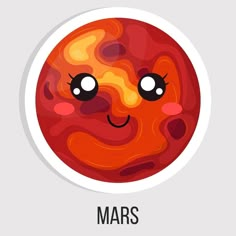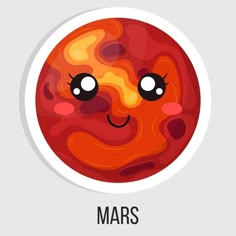
Mars - 5

The intriguing image on the left depicts the Nili Fossae region of Mars, which occupies an area between a large volcano and an ancient impact basin. It is home to a collection of curved troughs cutting about 500m into the crust. The European spacecraft Mars Express detected clay minerals there, good news for astrobiologists because the clays suggest the presence of water at some point in the past. Even better, the minerals also suggest that the water collected in pools on the surface, a possibly comfortable habitat for life. Signs of water on Mars, above right, were discovered some time ago but scientists had no idea about much of the mineral composition of Mars. A recent discovery suggests that much of the planet was covered with water around 4 billion years ago.Astrobiologists have also detected the presence of methane gas in the atmosphere of Mars, indicating that the planet is indeed “alive,” either in a geologic or biologic sense. It is still unclear whether the methane was produced by purely geologic processes such as the oxidation of iron, or by microscopic organisms living in the martian sub-surface. Finding plumes of it that persist only during the martian spring and summer indicates that some ongoing, seasonal process is releasing the gas. Methane-producing microbes were one of the earliest forms of life on Earth, so if there is life on Mars today, it could be making the methane from carbon dioxide in the martian atmosphere.


